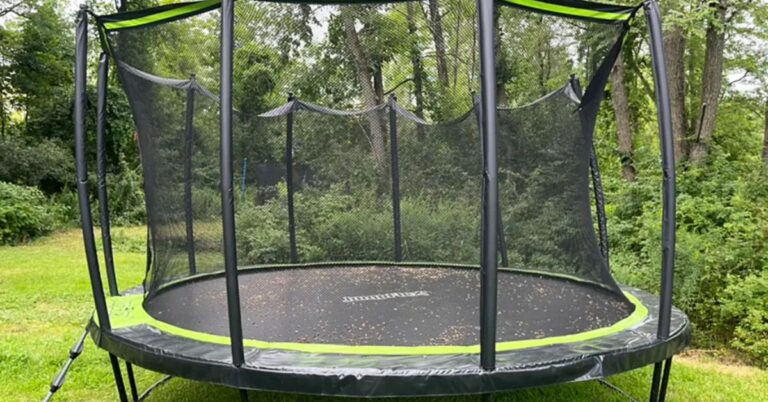On a chilly Austin evening, there’s nothing quite as soothing as the gentle crackle of a wood stove, filling your home with warmth and that familiar, homey scent. But what happens when your trusty wood stove starts acting up? For many homeowners, it’s tempting to grab a toolbox and try to fix it solo. However, there are times when calling in a professional isn’t just the smart move—it’s the safest, most cost-effective choice. Let’s walk through how to spot those moments, what to look out for, and why expert help sometimes saves more than just your comfort with Wood Stove Repair.
Key Features: Signs Your Wood Stove Needs Expert Hands
Wood stoves are sturdy, but even the toughest appliance needs a little TLC now and then. The trick is recognizing when you’re out of your depth. Here are a few telltale signs that it’s time to put the DIY dreams on pause and ring up a pro:
| Sign | What It Might Mean |
|---|---|
| Smoke leaks into the room | There could be a blockage in the flue, damaged seals, or a draft issue—any of which can quickly become a safety hazard. |
| Unusual smells (burning plastic, chemicals) | This may signal overheated components or electrical issues—definitely not something to ignore. |
| Cracked glass or warped door | Heat damage can let dangerous fumes escape or reduce efficiency, risking your family’s safety and comfort. |
| Difficulty controlling temperature | If your stove isn’t responding to adjustments, the damper, seals, or air vents might need professional calibration or repair. |
| Visible rust, corrosion, or soot buildup | These are signs of moisture problems or poor combustion, and should be checked by someone who knows wood stoves inside out. |
If any of these sound familiar, don’t wait for a minor hiccup to turn into a major headache. Just like regular car maintenance, early repairs keep your wood stove running smoothly for years to come.
Safety: Why Professional Repairs Matter
Wood stoves aren’t just about warmth—they’re also about safety. A faulty stove can lead to serious risks, from carbon monoxide leaks to chimney fires. Professionals have the right tools and know-how to spot hidden dangers before they become disasters.
“A warm home is wonderful, but a safe home is essential.”
Professionals check not just the visible parts of your stove, but also the inner workings. They’ll inspect gaskets, flues, and firebricks, make sure your ventilation is clear, and test for leaks you might never notice. When it comes to something as potentially hazardous as fire, it’s always better to be overly cautious. After all, nobody wants a cozy evening to end in an emergency room visit.
Cost: The Real Price of Delaying Repairs
Many homeowners hesitate to call in a specialist out of worry about the bill. The truth? Catching a problem early almost always saves money in the long run. Small issues like a loose seal or minor crack can usually be fixed quickly and affordably. But if you wait, those problems can snowball—damaged parts may need to be replaced, or worse, the whole stove might become unsafe and need a full replacement.
Here’s a quick glance at how costs can stack up over time:
| Stage | Typical Cost | What Happens |
|---|---|---|
| Preventive Inspection | $100–$200 | Catches minor wear & tear, keeps your stove efficient. |
| Small Repairs | $150–$350 | Fixes leaks, replaces gaskets, or repairs glass. |
| Major Repair | $500+ | Replacing warped doors, repairing fireboxes, or chimney work. |
| Replacement | $2,000–$4,000 | Needed if damage goes unchecked for too long. |
Spending a little now can prevent a much bigger expense down the line—not to mention the peace of mind you get from knowing your home is safe.
Emergency Service: When to Call Right Away
Some wood stove issues just can’t wait. If you notice any of the following, it’s time to call for emergency help, day or night:
- Smoke filling your home, no matter how small the amount
- The smell of gas, chemicals, or burning plastic
- Visible flames or sparks outside the stove itself
- Chimney fires or loud roaring sounds from the flue
- Stove won’t shut off or regulate heat
In these cases, don’t try to fix it yourself. Turn off the stove if you can do so safely, air out your home, and get everyone outside if you suspect a gas or carbon monoxide leak. Then, reach out to a professional right away—your safety is worth more than any repair bill.
FAQs: Quick Answers For Austin Homeowners
Wrapping Up: Keep Your Home Warm and Safe
Wood stoves make Austin homes feel cozy and inviting, but they need proper care to stay safe and efficient. If you spot warning signs, smell something odd, or just haven’t had your stove looked at in a while, don’t put it off. Getting help from a professional keeps your family protected, saves money in the long run, and ensures you’ll enjoy that perfect crackling fire for many winters to come.
Read More: Austin Chimney Sweep




